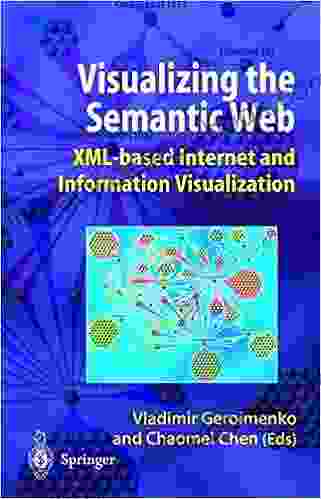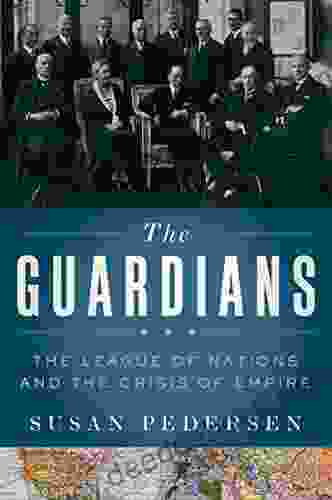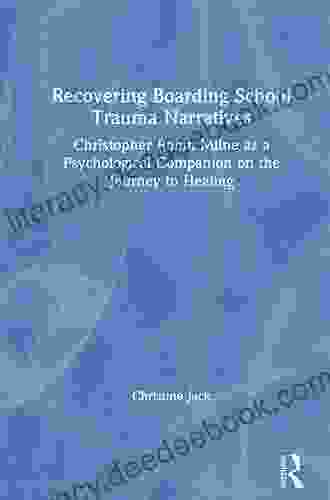Visualizing The Semantic Web: XML Based Internet And Information Visualization

: Embracing the Power of Structure and Meaning
In the ever-expanding digital landscape, the ability to effectively visualize information is paramount. Extensible Markup Language (XML) has emerged as a cornerstone technology in this realm, providing a platform for structuring data and enabling powerful visualizations. This article delves into the world of XML-based internet and information visualization, exploring the fundamentals, advantages, and diverse applications that have transformed the way we interact with data.
XML: The Foundation of Structured Data
XML is a markup language that describes data using a hierarchical structure. It allows developers to create custom tags that define the content and elements of a document, making it highly flexible and extensible. Unlike HTML, which primarily focuses on document presentation, XML emphasizes the organization and meaning of data. This standardized approach enables machines and applications to easily interpret and process information, paving the way for rich visualizations.
Benefits of XML in Information Visualization
1. Data Structure and Semantics: XML provides a well-defined structure for data, allowing users to represent complex relationships and hierarchies. This organization enhances data comprehension and facilitates more insightful visualizations.
5 out of 5
| Language | : | English |
| File size | : | 4742 KB |
| Text-to-Speech | : | Enabled |
| Screen Reader | : | Supported |
| Print length | : | 212 pages |
2. Easy Integration: XML's open nature allows it to be seamlessly integrated with various technologies and applications. This interoperability promotes data exchange and reuse, fostering collaboration and reducing data silos.
3. Extensibility and Flexibility: XML's extensibility allows for the creation of customized tags that cater to specific visualization needs. This flexibility empowers developers to tailor data representations to the unique requirements of their applications.
Methods of XML-Based Visualization
1. Document Object Model (DOM): DOM is a programming interface that represents an XML document as a tree structure. It provides access to individual elements and attributes, enabling dynamic manipulation and visualization of data.
2. Extensible Stylesheet Language Transformations (XSLT): XSLT is a powerful language used to transform XML documents into other formats, including HTML and SVG. This transformation allows for the creation of visually appealing and interactive visualizations.
3. XML Graphics (XMG): XMG is a specification that defines a format for 2D vector graphics based on XML. It provides a structured way to represent images and graphics, facilitating their integration into data visualizations.
Applications of XML-Based Visualization
1. Interactive Data Dashboards: XML is widely used in the creation of interactive data dashboards that provide real-time insights into complex datasets. These dashboards can visualize KPIs, trends, and other relevant metrics in a user-friendly interface.
2. Geographic Information Systems (GIS): XML is a key component in GIS systems, enabling the representation and visualization of geographic data. It facilitates the creation of interactive maps that display spatial relationships, demographic information, and other location-based insights.
3. Business Intelligence (BI): XML plays a crucial role in BI tools, providing a structured framework for storing and visualizing business data. These visualizations aid decision-making by presenting key performance indicators (KPIs),financial reports, and other analytical insights.
4. Scientific and Medical Visualization: XML is used in scientific and medical domains to visualize complex datasets, such as gene sequences, medical images, and simulation results. These visualizations facilitate research, diagnosis, and drug discovery.
: The Future of XML-Based Information Visualization
XML has revolutionized the way information is visualized on the internet and beyond. Its structured approach and flexibility enable the creation of innovative and informative visualizations that enhance data comprehension and decision-making. As the volume and complexity of data continue to grow, XML-based visualization will remain an indispensable tool for extracting meaning from the ever-expanding digital landscape.
5 out of 5
| Language | : | English |
| File size | : | 4742 KB |
| Text-to-Speech | : | Enabled |
| Screen Reader | : | Supported |
| Print length | : | 212 pages |
Do you want to contribute by writing guest posts on this blog?
Please contact us and send us a resume of previous articles that you have written.
 Novel
Novel Chapter
Chapter Text
Text Story
Story Reader
Reader Library
Library E-book
E-book Newspaper
Newspaper Bookmark
Bookmark Shelf
Shelf Glossary
Glossary Bibliography
Bibliography Preface
Preface Footnote
Footnote Scroll
Scroll Codex
Codex Tome
Tome Bestseller
Bestseller Classics
Classics Autobiography
Autobiography Reference
Reference Dictionary
Dictionary Thesaurus
Thesaurus Narrator
Narrator Character
Character Resolution
Resolution Catalog
Catalog Card Catalog
Card Catalog Stacks
Stacks Archives
Archives Research
Research Scholarly
Scholarly Reserve
Reserve Special Collections
Special Collections Literacy
Literacy Study Group
Study Group Dissertation
Dissertation Awards
Awards Book Club
Book Club Textbooks
Textbooks Noel Hynd
Noel Hynd Geling Yan
Geling Yan Aliyah Burke
Aliyah Burke Cheldon Chriestenson
Cheldon Chriestenson Daniel G Newman
Daniel G Newman Garrett Peck
Garrett Peck Judith Kerr
Judith Kerr Joseph P Lancaster
Joseph P Lancaster Henry Hazlitt
Henry Hazlitt Tara Austen Weaver
Tara Austen Weaver A R Ivanovich
A R Ivanovich Lara Klopp
Lara Klopp Aida Mollenkamp
Aida Mollenkamp Courtney Carbone
Courtney Carbone Nicholas Fox Weber
Nicholas Fox Weber Amos Gvirtz
Amos Gvirtz A L Garcia
A L Garcia Tulisa Contostavlos
Tulisa Contostavlos Connie Johnston
Connie Johnston Alex Heintze
Alex Heintze
Light bulbAdvertise smarter! Our strategic ad space ensures maximum exposure. Reserve your spot today!
 Johnny TurnerFollow ·13.8k
Johnny TurnerFollow ·13.8k Galen PowellFollow ·8.8k
Galen PowellFollow ·8.8k Jerry WardFollow ·7.9k
Jerry WardFollow ·7.9k Roberto BolañoFollow ·9.5k
Roberto BolañoFollow ·9.5k Ralph TurnerFollow ·4.4k
Ralph TurnerFollow ·4.4k David MitchellFollow ·17.8k
David MitchellFollow ·17.8k Dean ButlerFollow ·19.4k
Dean ButlerFollow ·19.4k Robert HeinleinFollow ·12.9k
Robert HeinleinFollow ·12.9k

 Al Foster
Al FosterHow To Breathe Underwater: Unlocking the Secrets of...
: Embracing the...
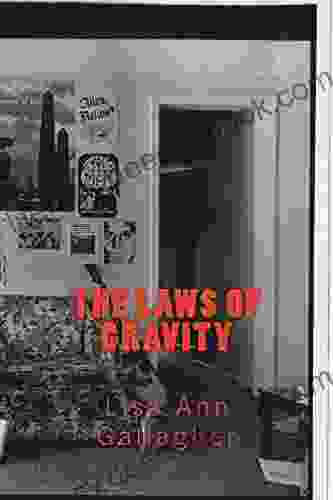
 Ian Mitchell
Ian MitchellThe Laws of Gravity: A Literary Journey into the...
Lisa Ann Gallagher's...

 Francis Turner
Francis TurnerChristmas Solos For Beginning Viola: A Detailed Guide for...
Christmas is a time for...
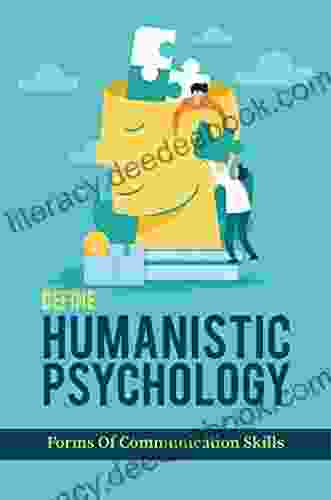
 Jamal Blair
Jamal BlairDefine Humanistic Psychology Forms Of Communication...
Humanistic...

 Morris Carter
Morris CarterJudgment in Berlin: Unraveling the Intrigue of an...
"Judgment in Berlin" is a gripping...
5 out of 5
| Language | : | English |
| File size | : | 4742 KB |
| Text-to-Speech | : | Enabled |
| Screen Reader | : | Supported |
| Print length | : | 212 pages |


